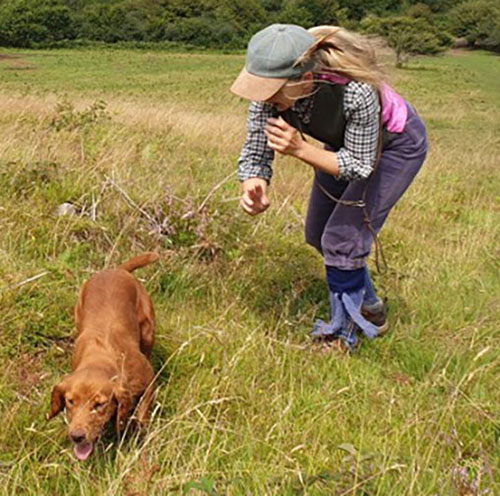[et_pb_section bb_built=”1″ fullwidth=”off” specialty=”off” next_background_color=”#000000″][et_pb_row _builder_version=”3.17.6″ custom_margin=”0px|||” custom_padding=”0px|||”][et_pb_column type=”4_4″][et_pb_post_title _builder_version=”3.17.6″ comments=”off” featured_image=”off” custom_margin=”0px|||” custom_padding=”0px|||” /][/et_pb_column][/et_pb_row][/et_pb_section][et_pb_section bb_built=”1″ fullwidth=”on” specialty=”off” prev_background_color=”#000000″ next_background_color=”#000000″][et_pb_fullwidth_image _builder_version=”3.17.6″ src=”https://0ld.basc.org.uk/wp-content/uploads/2019/08/1topjm-1.jpg” /][/et_pb_section][et_pb_section bb_built=”1″ fullwidth=”off” specialty=”off” prev_background_color=”#000000″][et_pb_row _builder_version=”3.12.1″ custom_margin=”0px|||” custom_padding=”0px|||” background_position=”top_left” background_repeat=”repeat” background_size=”initial”][et_pb_column type=”3_4″][et_pb_team_member _builder_version=”3.17.6″ name=”Janet Menzies” position=”Author” image_url=”https://0ld.basc.org.uk/wp-content/uploads/2019/03/Janet-menzies.jpg” background_color=”#334965″ background_layout=”dark” saved_tabs=”all” body_font_size=”15″ header_text_color=”#ffffff” body_text_color=”#ffffff” header_font=”|700|||||||” header_font_size=”20″]
Janet Menzies is the author of Training the Working Spaniel; From Puppy to Perfect; and PsychoDog.
She has established her own champion line of working cocker spaniels under the Gournaycourt affix and also writes regularly for The Field magazine.
[/et_pb_team_member][et_pb_text _builder_version=”3.17.6″]
 Training your gundog to hunt for live quarry is like being a premiership football manager – your job is to teach a naturally talented young athlete to use his skills in the most effective way, rather than just running enthusiastically up and down the pitch. Like a football manager, you need tactics, and even a whiteboard! While footballing pundits talk about 4-4-2 and 3-4-3, those who work and trial gundogs will be saying “cheek-wind” or “back-wind”.
Training your gundog to hunt for live quarry is like being a premiership football manager – your job is to teach a naturally talented young athlete to use his skills in the most effective way, rather than just running enthusiastically up and down the pitch. Like a football manager, you need tactics, and even a whiteboard! While footballing pundits talk about 4-4-2 and 3-4-3, those who work and trial gundogs will be saying “cheek-wind” or “back-wind”.
The most frequent terms thrown about are “pattern” and “quartering.” All these phrases refer to one objective: getting the dog to cover the entire section of ground in the most efficient way possible to find and flush over the guns any game that may be present.
It is as simple as that – despite all the different theories of the experts. However, there are lots of variables to consider when casting your dog off to hunt a particular area of ground. How big is the area? If you are working a dog for walked-up grouse the “beat” to be covered will be large, and often not contain many birds. Pointers and setters hunting the ground in big loops are usually the most effective, but that’s quite a specialist discipline of dog work. It’s more likely that you will be working your dog for a line of two or more guns walking slowly forward as in rough shooting. You will probably have another dog working a beat next door to you for the next two guns along the line.

You can train for this at home. This gives you the opportunity to create the right conditions for your dog to hunt well, unlike action in the field where you won’t have a lot of control over the direction of wind or the type of ground to be hunted.
1. Before you cast your dog off, it’s important to pause and assess. Where is the wind coming from? What is the cover like? How much ground do I need the dog to hunt? How much game is there likely to be? Where are the guns?
2. Use the wind to help you. Hunting directly into the wind gives your dog the best chance to find scent and work a traditional quartering pattern. Working back-winds or cheek-winds requires university level hunting!
3. Cast your dog off to your side, either right or left. Don’t let him run on ahead or he will never get into a pattern and will pass game and the scent of game.
4. Keep your hunting pattern tight. You will often hear this phrase, as it is the most important aspect of effective hunting. On each sweep, the dog should cross back in front of you almost at your feet as you gradually walk forward. A tight pattern gives the guns the best chance of shooting efficiently. If the dog is hunting more than five metres in front of you and the guns and flushes a bird five metres in front of it, the bird is already ten metres from the gun. And by the time the gun is taking the shot, it could be 20 metres.
5. In rough shooting the gun needs every chance, so birds need to be flushed close. A loose pattern with the dog running on ahead before sweeping across means that sections of cover at each turn will be missed, along with any game it contains. And of course, the closer your dog is to you, the easier it is to keep that invisible thread between you – something often stretched to the limit with a hard hunting dog!
[/et_pb_text][/et_pb_column][et_pb_column type=”1_4″][et_pb_sidebar _builder_version=”3.17.6″ area=”et_pb_widget_area_27″ orientation=”right” custom_css_widget=”.pis-title {|| font-size: 16px;|| color: #078463;|| padding-bottom: 5px;|| line-height: 1.3em;|| font-weight: bold;||}||||||||.pis-excerpt {font-size:14px;}||” /][/et_pb_column][/et_pb_row][/et_pb_section]
